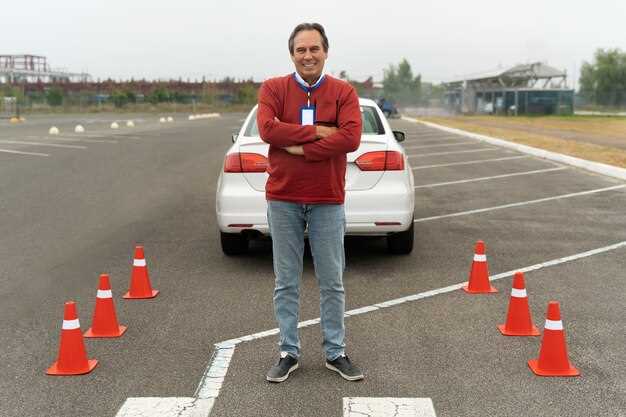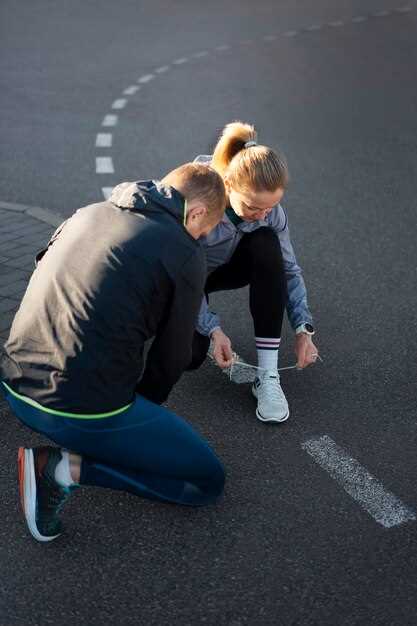
In the world of track racing, the ability to execute precise cornering techniques is paramount for achieving optimal performance. The line a driver chooses through each corner can significantly impact lap times, making cornering not just a skill but an art form. Understanding how to navigate curves with speed and control is essential for both novice and experienced racers alike.
Effective cornering involves more than simply turning the steering wheel; it requires a deep comprehension of the dynamic relationship between the vehicle’s speed, weight transfer, and traction. As a driver approaches a corner, analyzing the ideal racing line can lead to a smoother entry and exit, ultimately resulting in reduced lap times. By mastering cornering techniques, racers can maximize their vehicle’s potential and gain a competitive edge on the track.
Moreover, refining cornering skills enables drivers to tackle various track conditions with confidence. Weather changes or surface irregularities can affect grip levels, making it crucial for racers to adapt their cornering strategies accordingly. This article will delve into the fundamental principles of cornering, providing valuable insights and techniques that can help any racer perfect their approach and enhance their overall performance on the track.
Understanding the Racing Line: Finding the Optimal Path
In track racing, mastering cornering techniques requires a comprehensive understanding of the racing line. The racing line is the fastest route around a track, and it plays a crucial role in minimizing lap times. It is essential to identify the optimal path through each corner, allowing drivers to maintain speed while maintaining control.
The ideal racing line varies depending on the characteristics of the corner, including its radius, elevation changes, and surface conditions. Generally, the objective is to enter the corner as wide as possible, clip the apex–the innermost point of the corner–and exit onto the straight, preserving momentum. This approach maximizes the cornering speed and smoothness of the transition between braking, turning, and accelerating.
Finding the perfect line involves understanding the principles of weight transfer and tire dynamics. As a vehicle approaches a corner, weight shifts to the front tires, enhancing grip during braking and initial turning. Applying the brakes earlier allows a driver to enter the corner at a higher speed. However, getting back on the throttle smoothly and early is crucial for maintaining speed through the exit.
Additionally, visualizing the track layout is vital. Familiarity with each corner aids in anticipating the best line to take. Drivers often use reference points, such as brake markers and apex curbs, to help guide their path around the track. A combination of practice and analysis of telemetry data can further refine cornering techniques, enabling drivers to make real-time adjustments and improve their racing lines.
Ultimately, finding the optimal path through corners is an ongoing process of trial and error, keen observation, and continuous learning. By dedicating time to understand and master the racing line, drivers can significantly enhance their cornering performance and elevate their overall track racing capabilities.
Deceleration and Acceleration: Timing Your Inputs for Maximum Grip

Mastering the delicate balance of deceleration and acceleration is crucial for achieving optimal grip during cornering on the track. Timing your inputs correctly can greatly impact your ability to maintain speed and control throughout the turn.
Understanding the relationship between deceleration and acceleration is key to navigating the cornering line effectively. The goal is to maximize grip without destabilizing the vehicle.
- Deceleration Phase:
- Begin deceleration before reaching the turn-in point.
- Use braking smoothly to avoid sudden weight transfer that can lead to loss of grip.
- Maintain a steady pressure on the brakes until you approach the apex of the corner.
- Cornering Phase:
- Find the ideal line by locating the apex, which allows for late braking and early acceleration.
- Once you reach the apex, ease off the brake while gradually turning the steering wheel.
- Hold a consistent steering angle to maintain balance and grip throughout the corner.
- Acceleration Phase:
- Begin accelerating as soon as you pass the apex to exit the corner efficiently.
- Apply throttle gradually to prevent oversteer or losing grip on the rear tires.
- Maximize acceleration by utilizing the entire track width, keeping the tires within their grip limits.
Key takeaways include the importance of smooth inputs and understanding how weight transfer affects grip during cornering. Practicing these techniques will help improve your overall performance on track, allowing for faster lap times and greater confidence in your cornering abilities.
Body Positioning: Aligning Your Posture for Better Control

Effective cornering is crucial in track racing, and your body positioning plays a vital role in maintaining control while navigating curves. Proper alignment enhances stability, allowing you to hit the optimal racing line with precision.
Weight Distribution is fundamental when cornering. Shifting your weight towards the inside of the turn can significantly alter the dynamics of your vehicle. This movement lowers the center of gravity, improving grip and responsiveness. During a left-hand turn, for instance, lean your body towards the left side, shifting your weight to keep traction on the tires.
Maintain a neutral posture with your arms and legs slightly bent. A rigid body can hinder your ability to adjust quickly to changes in traction or steering input. Keep your elbows relaxed and your hands steady on the steering wheel. This responsiveness allows for finer adjustments as you approach the apex of the corner.
Looking ahead is essential for effective cornering. Your head should be turned in the direction of the turn as you approach, which naturally aligns your body and aids in making quick decisions. By focusing on the exit point of the corner, you encourage your body to follow that trajectory, promoting a smoother turn.
Additionally, lowering your torso closer to the vehicle helps in reducing drag and increasing aerodynamic efficiency. This position also facilitates better feedback through the steering wheel, allowing for more precise adjustments during cornering. Ensure your knees are tucked in, which helps maintain balance and allows you to respond more effectively to any handling shifts.
Finally, practice is key. Understanding your body’s relationship with the car during cornering takes time. Experiment with different positions during practice sessions to find what works best for your style and vehicle dynamics. Mastering body positioning will ultimately lead to smoother and faster cornering, allowing you to navigate tracks with confidence.
